Dopamine biases decisions by limiting temporal integration
- PMID: 39085606
- PMCID: PMC12372616
- DOI: 10.1038/s41586-024-07749-7
Dopamine biases decisions by limiting temporal integration
Abstract
Motivations bias our responses to stimuli, producing behavioural outcomes that match our needs and goals. Here we describe a mechanism behind this phenomenon: adjusting the time over which stimulus-derived information is permitted to accumulate towards a decision. As a Drosophila copulation progresses, the male becomes less likely to continue mating through challenges1-3. We show that a set of copulation decision neurons (CDNs) flexibly integrates information about competing drives to mediate this decision. Early in mating, dopamine signalling restricts CDN integration time by potentiating Ca2+/calmodulin-dependent protein kinase II (CaMKII) activation in response to stimulatory inputs, imposing a high threshold for changing behaviours. Later into mating, the timescale over which the CDNs integrate termination-promoting information expands, increasing the likelihood of switching behaviours. We suggest scalable windows of temporal integration at dedicated circuit nodes as a key but underappreciated variable in state-based decision-making.
© 2024. The Author(s), under exclusive licence to Springer Nature Limited.
Conflict of interest statement
Competing Interests
The authors declare no competing interests.
Figures

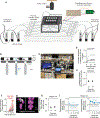

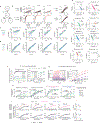




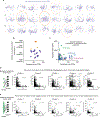
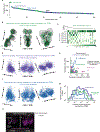

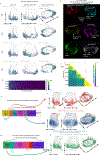

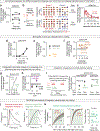
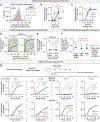


References
Methods references
-
- Zhang SX, Rogulja D & Crickmore MA Dopaminergic Circuitry Underlying Mating Drive. Neuron 91, 168–181 (2016). - PubMed
MeSH terms
Substances
Grants and funding
LinkOut - more resources
Full Text Sources
Molecular Biology Databases
Research Materials
Miscellaneous

